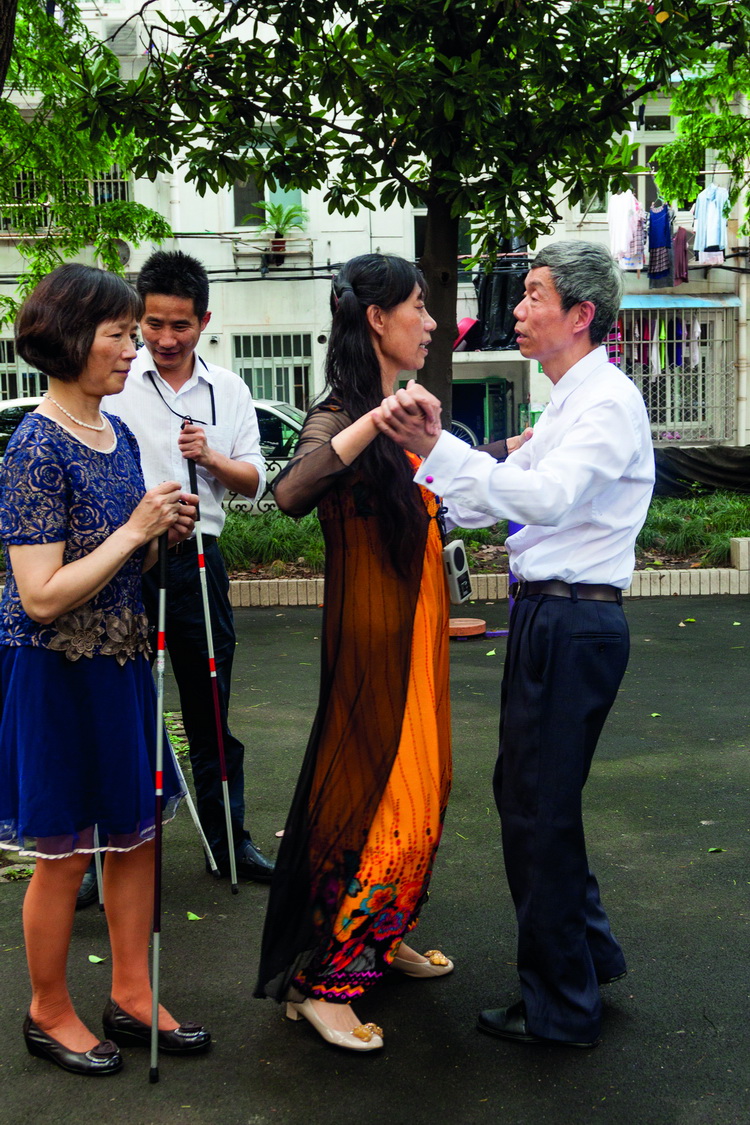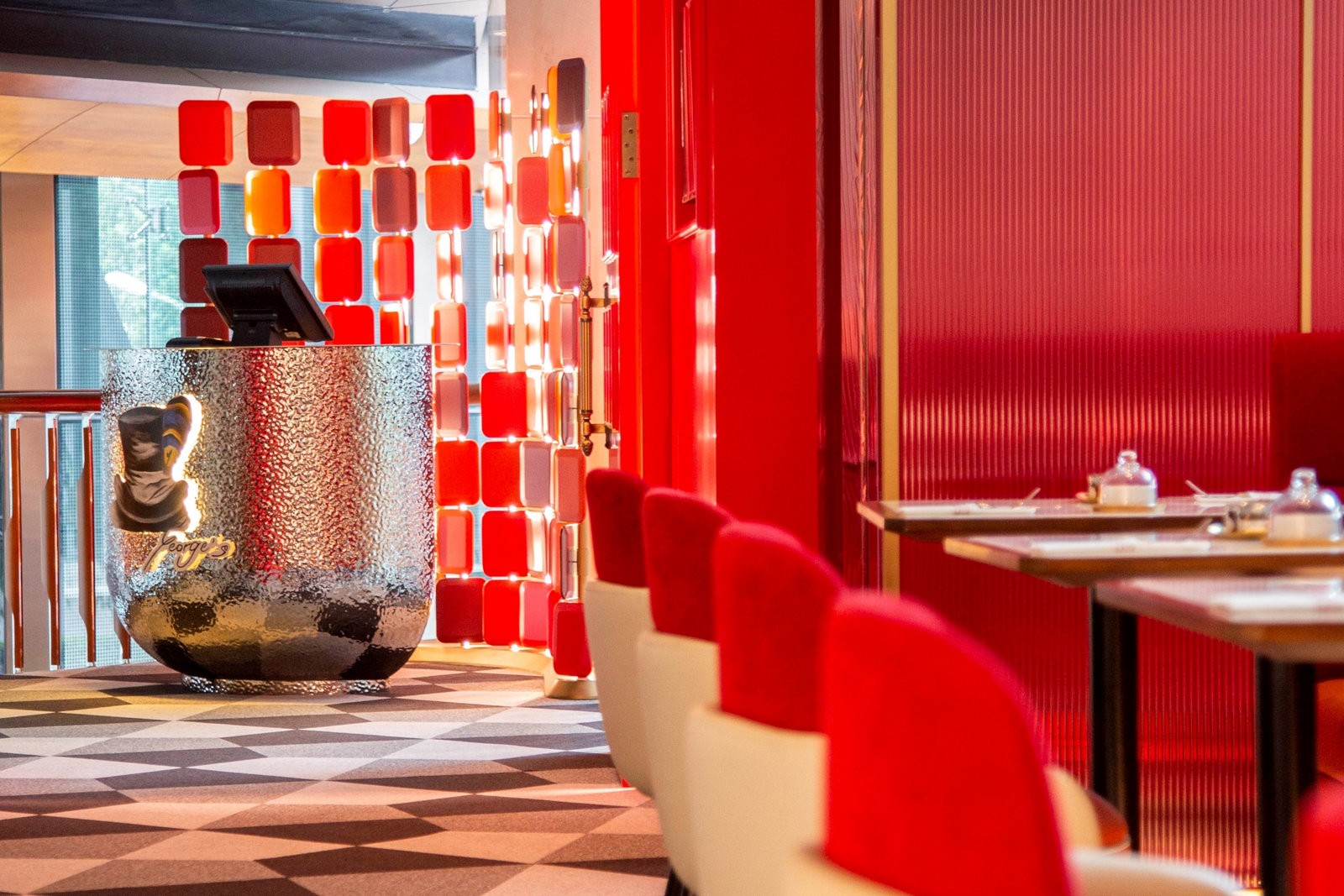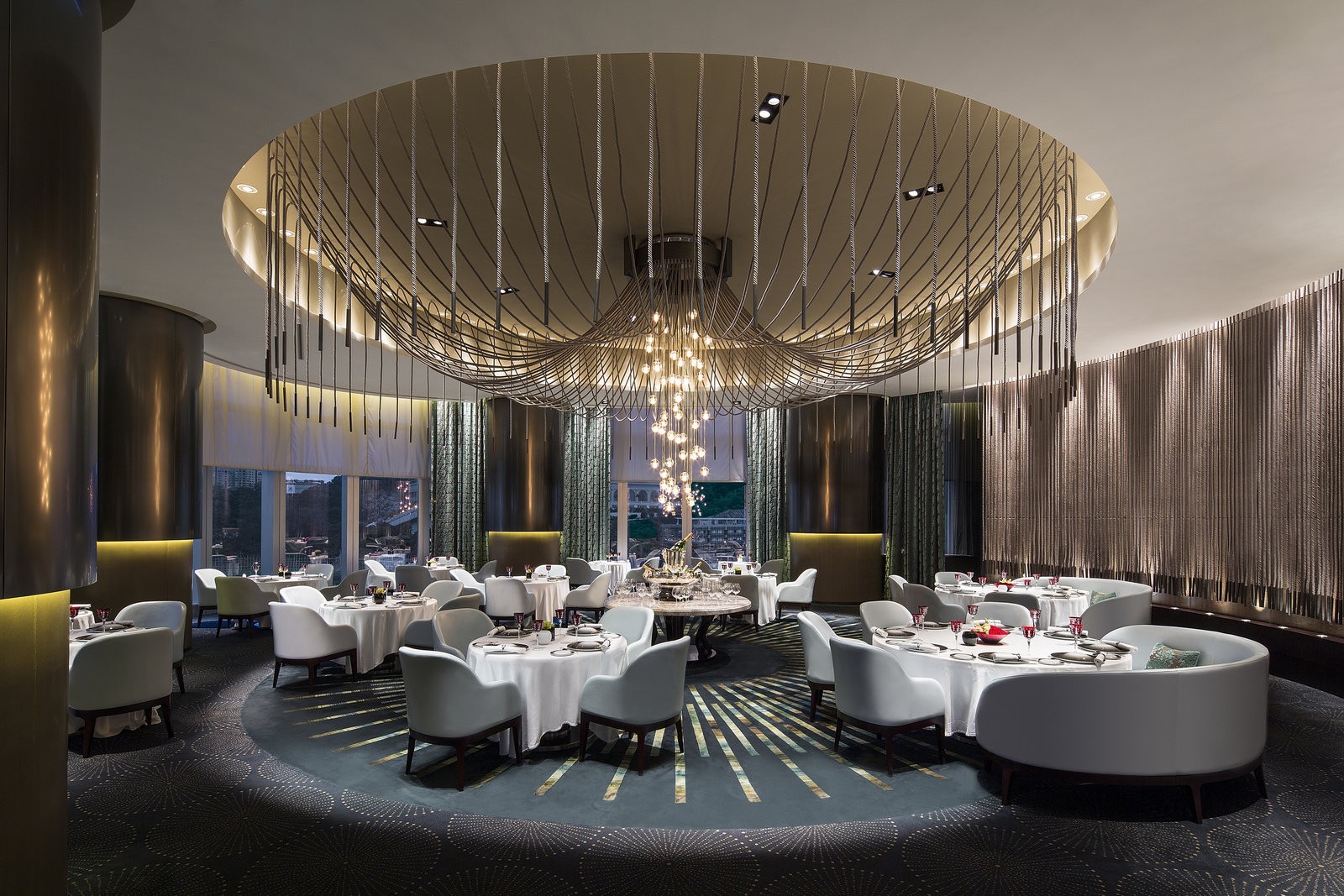Words by Erik Crouch, Interviews by Tongfei Zhang, Photos by Nicky Almasy and Gez Sarvari
There are 17 pianos in Zhang Zhenyu’s office, with no extra room for an 18th. They are lined up back to back and side to side, each in various states of assembly – some look ready to be rolled out on stage, while others have their strings, hammers and metallic guts cracked open on display. Zhang moves from piano to piano, hitting a key, hearing a note and pulling out a wood-handled wrench that he deftly locks into one of 200 small metal pins to adjust the tone.
For the inexperienced, the process is daunting – each piano is a rat’s nest of small, easily confused bits, let alone the training required to spot a good note from one that is ever-so-slightly flat.
“A piano has more than a thousand parts, and each one can cause unwanted noise if it’s loose,” Zhang says. But the 37-year-old knows exactly which pin to turn, and how to turn it. That’s because he has been carefully trained for his job as a piano tuner, one of the few professions traditionally open to China’s blind.

Blind since birth, chances had always been high for Zhang to become a music tuner or a masseur, the two established paths for China’s sightless citizens. Working for a massage parlor is by far the most common option – in 2013 alone, more than 25,000 people, all sightless to varying degrees, were trained as blind masseurs and masseuses.
In his office, Zhang sits at a newly-tuned piano and readies his hands. He knows how to do quite a bit more than just tune the instrument – after studying music at the Shanghai School for the Blind, he learned to play piano, bass and flute. As his fingers descend on the keys, music fills the room – Zhang, however, is merely testing the piano to make sure everything is in working order.
He doesn’t play for more than ten seconds before his phone rings. He whips an old, button-laden mobile from his pocket.
“Wei?” It’s someone calling about his Taobao shop.
.jpg)
Zhang reaches into his other pocket and pulls out a sleek, modern smartphone. With each tap of the screen, a digital voice narrates what is under his finger. He touches the orange Taobao icon, and the phone declares “Taobao!” He clicks again, opening the app. He taps higher on the screen - “Kan kan wo de Taobao dian” the phone says (“View my Taobao shop”) - and Zhang clicks once more.
At least, that’s what we think the phone says. Tired of waiting the time of a normal voice narration, Zhang has changed his phone to read aloud at four times the usual speed. It sounds like a cassette player on the fritz, a sound recording set to “ludicrous speed.” It’s unimaginably, incomprehensibly fast – yet Zhang just clicks along, navigating his Taobao shop seemingly as easily as anyone would if they were able to see the icons themselves.
In addition to tuning pianos, Zhang also sells the instruments, and his services, online. Using Taobao’s chat app, Ali Wangwang, he bargains with customers, makes deals and sorts out shipping using voice messages. When a customer replies with a text, the message is automatically read aloud (at light speed).

There are more than 17 million visually impaired people in China and, thanks to technological advancements and social change, they are more involved and active in the nation than ever before. But this progress has been hard won – in the past, many attempts to integrate the blind into society, however well intentioned, have fallen short.
In the 1960s and 70s, for instance, Chinese linguists were recruited to develop a better system for translating the language into braille. They eventually decided on a two-cell system that represents phonetics and tones, similar to pinyin. But for many, the system never lived up to its potential – some vital school texts have never been translated into braille, and the Ministry of Education did not begin offering a braille/electronically-assisted Gaokao college entrance exam until just last year.
Without the braille Gaokao, China’s blind have long been cut out from the world of higher education, save for the few universities specifically designed for the nation’s handicapped. And for those who lost their sight later in life, a lack of adult-education programs teaching braille has meant that they’ve been largely on their own.

Similar hopes – and disappointments – surround the “mang dao” (blind paths), the raised concrete bumps in sidewalks and subway stations that the blind can use to navigate. Cities like Shanghai, Beijing and Guangzhou installed countless miles of such paths. Ignored by most sighted city-dwellers, the mang dao are meant to serve an important purpose: straight lines for a normal path, circles for turns or stops – theoretically, it would allow a blind man or woman to navigate the city unassisted.
But today, the mang dao are a nightmare. According to Zhang, “They’re the least safe place in the world! They’re everywhere, but they don’t help – they are covered by bikes and scooters. We walk along the edge of the road instead. It’s dangerous, but not as dangerous as the mang dao.”
If any readers doubt Zhang, we encourage them to do an experiment. It’s easy enough to find a sidewalk featuring the mang dao; next time you’re on one, simply close your eyes, feel the bumps beneath your feet and begin your journey. See how far you can get before bumping into a street food cart, moped or open manhole. (That’s Shanghai is not responsible for any injuries that may result.)
.jpg)
But while previous attempts at bringing Shanghai’s blind into the fold may not have been the panaceas that they were hoped to be, there are still many reasons for the city’s sightless to be optimistic.
“The difference between now and the past is huge. I’ve been blind for 38 years now, and the social atmosphere has never been so good,” says Gu Fengmang, a middle-aged blind woman. While she talks, her fingers are flying through a mesh of thick blue thread, spinning a knitting needle as a pair of socks takes shape.
Gu went blind abruptly when she was 22 years old – “I was farming in a field. I looked up, and all of the sudden, I couldn’t see anything.”
For years after losing her sight, Gu was cautious, even afraid, of going outdoors by herself. Shanghai’s streets and sidewalks can be an aggressive, pushing, shoving swarm. “I thought it would be impossible. I thought going out alone was never going to happen to me.”
But two years ago, Shanghai-native Xu Ying started the Chang Jiong program, a community organization for the city’s blind. The group meets a few times a week at various locations throughout Shanghai and holds social events, classes, dance programs and more. Xu advertised the program on the radio – reliably used by many of the city’s older blind residents – and Chang Jiong has become a hit.
When we meet Gu, she is knitting away in a classroom along with a dozen other men and women, mostly middle-aged, who are working on arts and crafts.
Today’s class project is to draw the Gate of Heavenly Peace, which is sketched on the whiteboard for students to copy. It looks like a typical adult class; save for the extra assistants floating around, helping answer questions like, “What color paint is this?”
“Ever since I began meeting other blind people in this organization, I’ve started to go into the city again.”
One man folds his paper into eighths, creases it, and unfolds it again, to keep track of where he is painting. Another keeps his nose just barely above the paper, where he is able to make out the lines that his marker is making on the sheet. As they paint, the classmates chat amongst themselves – for many, these are the only other blind people they know.
“Ever since I began meeting other blind people in this organization, I’ve started to go into the city again,” says Gu. “Nobody understands us like other visually impaired people.”
Before the Chang Jiong program, and others like it, it would have been hard to say that there was a “blind community” in Shanghai. There were certainly blind people, but they lived in an archipelago of apartments throughout the city, unaware of the others’ existence. Many lost their sight later in life – that meant they didn’t grow up with access to blind schools, likely didn’t read braille and may have never even met another blind person.
But thanks to programs like Chang Jiong, the city’s blind have gotten the confidence to explore the city once more – and, fortunately, Shanghai was ready for them.
“Life has never been so easy for us,” says Dai Zhaorong, a Chang Jiong program attendee, “especially the metros. I never get lost because metro staff are so helpful.”
The mang dao may be a mess, but there are other options. The subway, specifically, has been a godsend - metro staffers are specifically trained to help visually-impaired subway goers, and the extra effort doesn’t go unnoticed.
“Metro workers will meet me at the entrance to a station and lead me all the way to the train,” says Dai. “They also inform the staff at my destination about which train I’m in, and when the train stops, there are staff waiting to pick me up.”
That’s not to say there aren’t glitches: “Once, I was waiting at a bus stop – the bus came, and I asked the driver what number it was,” Dai says.“He shouted, ‘Can’t you see!?’ I told him ‘No!’”
The occasional confused bus driver aside, navigating the city’s public transit system is quite a bit simpler than getting by on Shanghai’s streets.
We meet up with several Chang Jiong attendees a few weeks after their arts and crafts class. This time, they are in a park nestled within a Yangpu District apartment complex, where they are going to learn how to dance.
The path from the subway station to the park was treacherous – only a few hundred meters, but a route pockmarked with potholes, a bridge under construction and a what can only be described as an intentionally-difficult system of railings along the sidewalks, blocking all but the most observant of pedestrians from finding an easy place to cross the street.
Nevertheless, Dai, Gu and a few other Chang Jiong program members have made it to the small apartment park. And now that they’ve arrived, they are here to do exactly what millions of other middle-aged Chinese citizens do every day – dance to Xiao Pingguo (“Little Apple,” the massive Chinese pop hit from 2014).

The familiar notes float from a small boom box one dancer has crammed in his pocket and –white cane in one hand, another dancer’s shoulder in the other – the group begins to jam.
“It’s not easy for blind people to dance,” Dai says.“We learn each move by feeling and touching one another’s movements.”
Dai leads the group along to the tune - they march, they twirl, they bow. Dai explains each move in intricate detail, and the other dancers to their best to follow along. They could give any other group of middle-aged Chinese park dancers a run for their money – they’re so good, in fact, that this group has performed dances for local community groups.
Today, Shanghai’s blind are modern, active members of their local communities. Zhang Zhenyu, like millions of other Chinese entrepreneurs, has found a niche market on Taobao and is never more than an arm’s reach from his cellphone, courting new buyers. Dai and Gu travel the city’s public transit, meeting up with their friends and dancing to pop songs in parks.In other words, their daily lives aren’t too different from the millions of other people living in Shanghai.

As if to prove that fact, before we leave the Chang Jiong arts and crafts program, several of the attendees pull us aside – they want selfies. The photos might not be much value to them, but they can send the pics to friends and family.
We pose while a dozen phones excitedly shout at super-speed: “Pai zhaopian!” (Taking a photo!). Things haven’t always been this good for Shanghai’s blind but, with a smartphone in one hand and a white cane in the other, they’ve embraced all that the modern city has to offer.





















0 User Comments